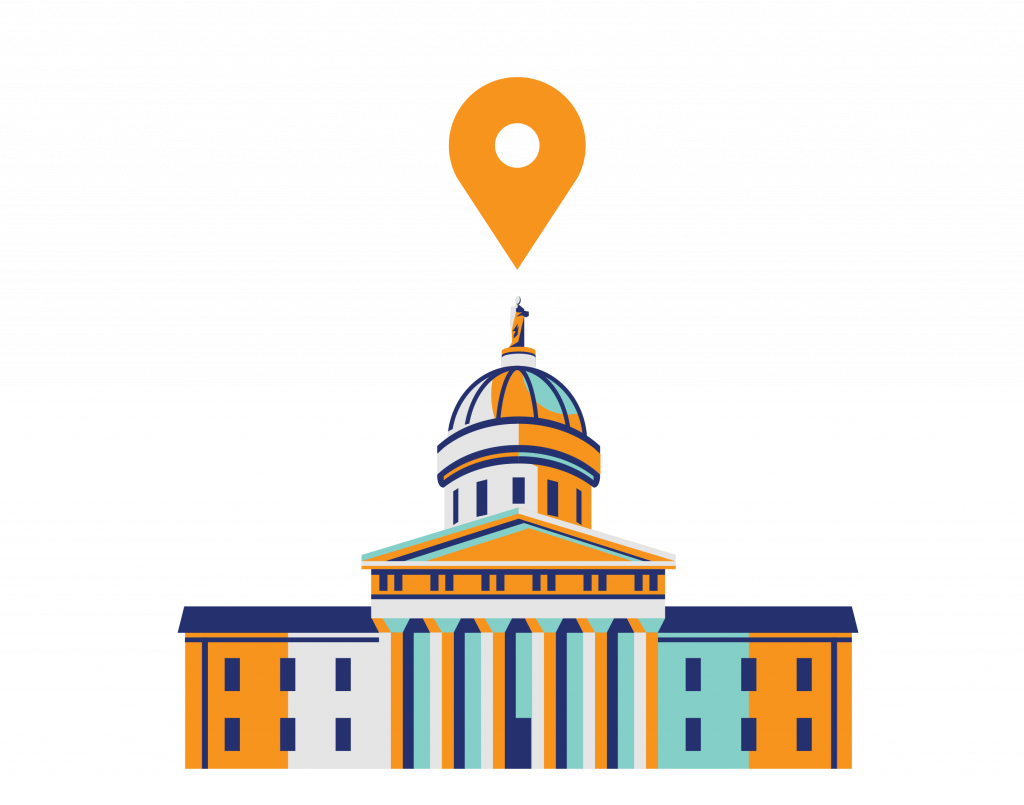Codify expansions of telehealth

Before 2020, few Americans ever visited with their doctor by phone or video. But during the pandemic, the demand for telehealth has skyrocketed. People are realizing how many advantages telehealth has, especially for those that can’t easily travel to a provider.
While all 50 states and the federal government have expanded access to telehealth during the pandemic, many of these changes are temporary and need to be made permanent. In addition, many states have not gone far enough. Most telehealth laws are still confusing and outdated. Other laws unnecessarily restrict access to telehealth. For instance:
- Some states limit what types of medical providers can offer telehealth or what types of technology they can use.
- Some states limit telehealth to existing patients, barring new patients from access.
- Still more states impose unnecessary barriers on medical providers before they can be licensed to provide telehealth.
Americans deserve more access to healthcare, not less. If you want to know more about the telehealth laws in your state, or are interested in reform, please contact us. We have extensive research and can help you figure out what will work for your state.
Get Started Today.
Please fill out this form and an IJ staff member will reach out to you shortly.
